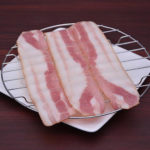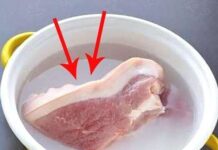Exploring the Uses of Eggs in Baking
Eggs play a pivotal role in baking due to their nutritional value and numerous beneficial qualities.
- Eggs play a crucial role in cake preparation as they contribute to the overall structure and texture of the cake. This is because eggs are rich in protein, which, when exposed to the right temperature, aids in the firming and solidifying of the cake batter.
- Eggs are also beneficial in maintaining the moisture level of a cake compared to other ingredients, thanks to their high water content.
- Our cakes are enhanced with delightful aromas and exquisite flavors, thanks to the meticulously chosen ingredients.
- They play a crucial role in the texture of the cake by aerating the batter when the eggs are whipped, resulting in a light and fluffy consistency. This is achieved through the formation of air pockets and bubbles.
- By brushing the egg yolks on the surface of the cake, a more visually appealing color is achieved.
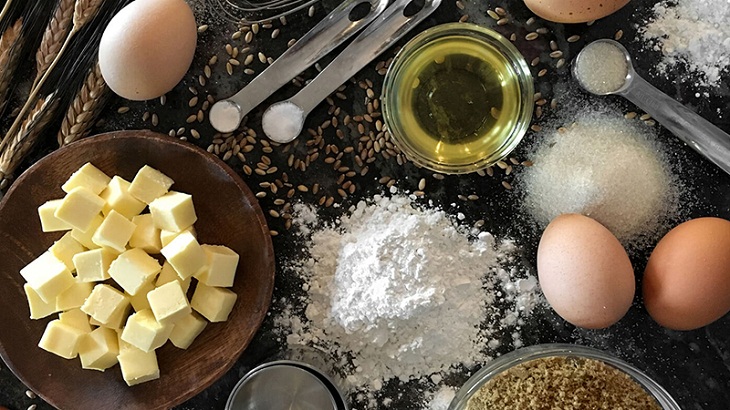
Using Eggs Effectively in Baking Recipes
When using eggs in baking recipes, it is essential to pay attention to their appropriate usage. There are two key factors to consider:
“Ensuring the Correct Quantity of Eggs For Baking Success”
When it comes to baking cakes, it is important to consider the type of cake you are making and adjust the number of eggs accordingly. Eggs play a crucial role in both the taste and appearance of the cake. If a recipe suggests using 3 eggs, but you find that the resulting cake is not to your liking, feel free to experiment with using 2 or 4 eggs instead. Ultimately, the goal is to create a cake that suits your personal taste and preferences.
If you want to become a better baker, it’s important to understand the ratio of egg whites to egg yolks used in baking recipes.
- The egg white, comprising approximately two-thirds of the egg’s weight, consists predominantly of water and a minimal protein content.
- The egg yolks constitute the remaining one-third of the egg’s weight, characterized by a higher content of fat and protein.
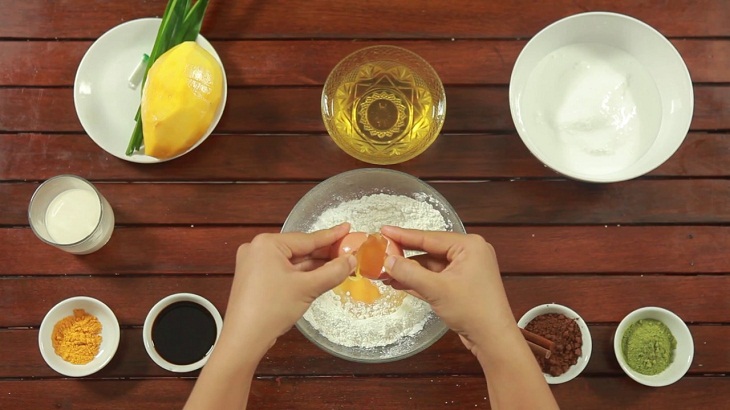
In baking, it is essential to adapt our use of eggs according to the specific type of cake we are making. Some cakes call for the eggs to be beaten and whisked, while others require the eggs to be added directly and mixed thoroughly. The key is to be flexible in our approach to using eggs in order to achieve the desired results in our baking endeavors.
What Are the Differences Between Egg Whites and Egg Yolks?
The baking process often requires the use of both egg whites and egg yolks. The specific composition of eggs used in a cake recipe can vary depending on the desired outcome. Some recipes rely solely on egg yolks, while others call for a combination of egg yolks and egg whites. Ratios can also differ, with certain recipes calling for specific quantities of egg yolks and whole eggs. For instance, a recipe may call for 4 egg yolks and 2 whole eggs, which includes both the yolks and the whites.
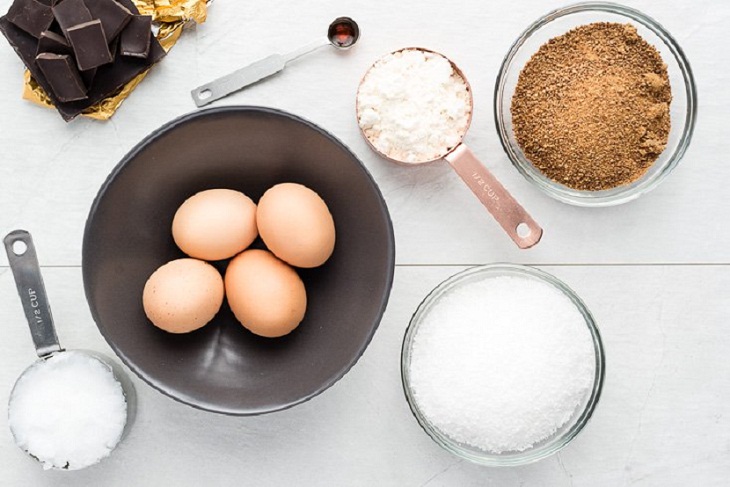
Egg whites contain about 3.6 grams of protein and are low in calories and fat. They are also a good source of vitamins and minerals.
On the other hand, egg yolks contain about 4.8 grams of fat, including saturated fat and cholesterol. They are also a rich source of vitamins and minerals.
- Egg yolks are known for their higher fat content, which can contribute to a denser consistency in various recipes. These include egg cream fillings, choux/milles-feuille pastry, and custard-based ice cream, among others.
- Egg whites are often preferred for certain cake recipes that call for a light and firm mixture with a crisp texture. They have a lower fat content, making them ideal for treats like biscuit cookies, coconut macaroons, tuiles, meringue, and more.
Tips for Choosing High-Quality Eggs for Baking
To ensure a delectable taste in your cake, it is crucial to opt for fresh, high-quality eggs. Discover the guidelines for selecting the perfect eggs, outlined below:
Explore the Possibilities of Painting with Eggshells
To determine the freshness and quality of an egg, inspect its shell for a smooth, yet slightly rough surface and a substantial weight. Avoid selecting eggs with cracked or excessively smooth shells, as they are typically indicative of prolonged storage and loss of freshness.
Weighing the Pros and Cons of Different Egg Weight Varieties
When it comes to baking, it is important to select eggs of an appropriate size to maintain the proper proportion of ingredients. For optimal results, aim for eggs with an average weight of approximately 45 – 55g.
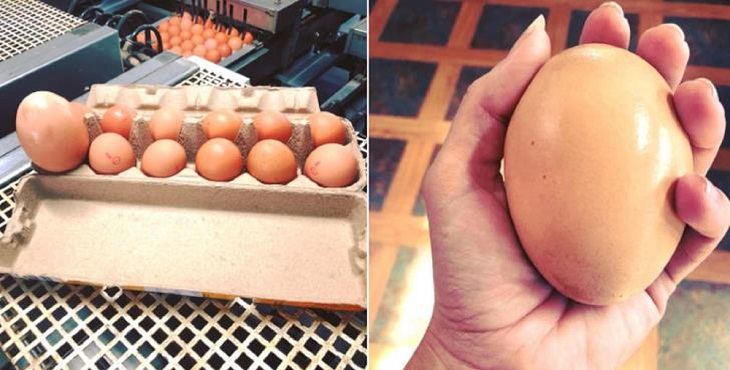
Examine the Hue of Eggshells!
Typically, freshly laid eggs exhibit a delicate coating of white powder on the exterior, showcasing a natural hue that may include minor dirt marks. Conversely, one should exercise caution when encountering eggs boasting an unusually pristine, pinkish-white appearance, as this may signify bleaching.
Agitate the Egg Prior to Cooking
If a gentle shake of the egg produces a sound, it indicates inferior quality, likely due to prolonged storage or being in the incubation stage. On the other hand, fresh eggs of superior quality typically exhibit minimal noise when shaken and possess a solid structure.
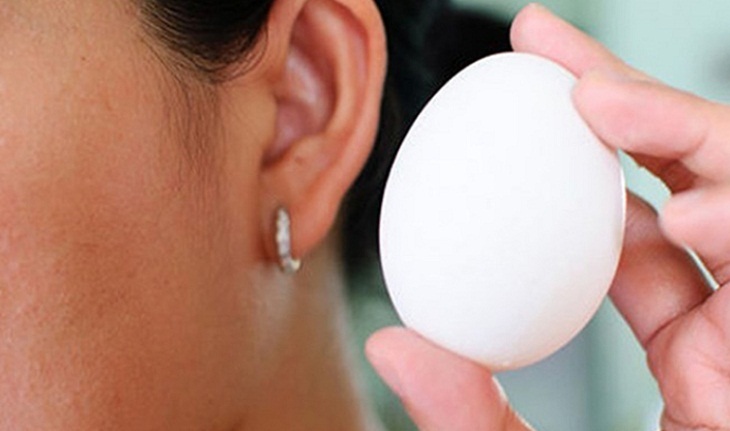
Investigating an Egg’s Contents by Holding it Up to a Light
To determine the freshness and quality of an egg for baking purposes, hold it up to a light source such as sunlight or a lamp and observe the following characteristics: a small air chamber, egg white with a light pink, orange, or red hue, and a well-centered yolk. These visual cues indicate that the egg is fresh and ideal for preparing delightful cakes.
Test Freshness of an Egg by Floating it in Water
To determine the freshness and quality of an egg, a tried and true method involves floating it in a bowl of water. When the egg is submerged with its pointed end facing downwards in the water, it indicates that the egg is fresh and suitable for consumption.

Tips for Storing Eggs for Optimal Freshness
Purchasing a significant quantity of eggs is a cost-effective and convenient choice for those who frequently engage in baking. However, it is crucial to store eggs correctly to maintain their freshness and quality for baking purposes.
- Please store the eggs in cool, dry environments.
- To maintain the longevity and quality of these items, it is recommended to store them separately from perishable foods such as garlic, onions, and ginger. Additionally, it is important to keep them away from water or any sources of moisture.
- It is recommended to store eggs in the refrigerator. To further protect them, it is advisable to place them in a carton along with bran or sawdust.
- To effectively preserve eggs, it is advisable to coat the eggshells with oil and store them in a controlled environment with temperatures between 25 to 36 degrees Celsius. This method can effectively extend the shelf life of eggs for up to 36 days.
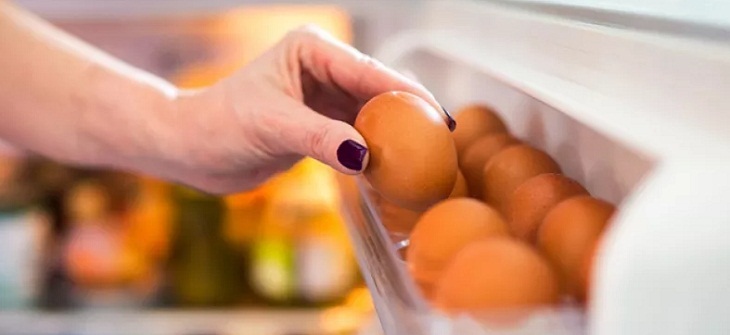
“Key Considerations for Baking with Eggs”
When using eggs for baking, it’s important to not only properly store them but also take note of a few considerations.
- It is recommended to bring the eggs to room temperature before utilizing them in baking. For instance, if the eggs are stored in the refrigerator, remove them and allow them to warm up to room temperature as per the instructions provided in the baking recipe.
- Proper separation of egg yolks and egg whites is crucial in baking recipes. Any inadvertent mixing of egg whites with the yolks, or allowing them to come into contact with moisture, can significantly alter the flavor and texture of the resulting cake.
- Achieving stiff peaks when beating egg whites can be challenging when using eggs that are not very fresh.
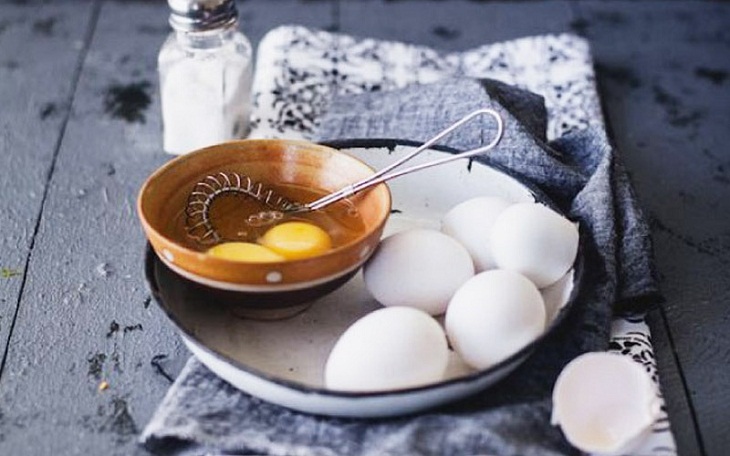
Information referenced and compiled from: Hu?ng nghi?p Á Âu, khaitam, and kokotaru





